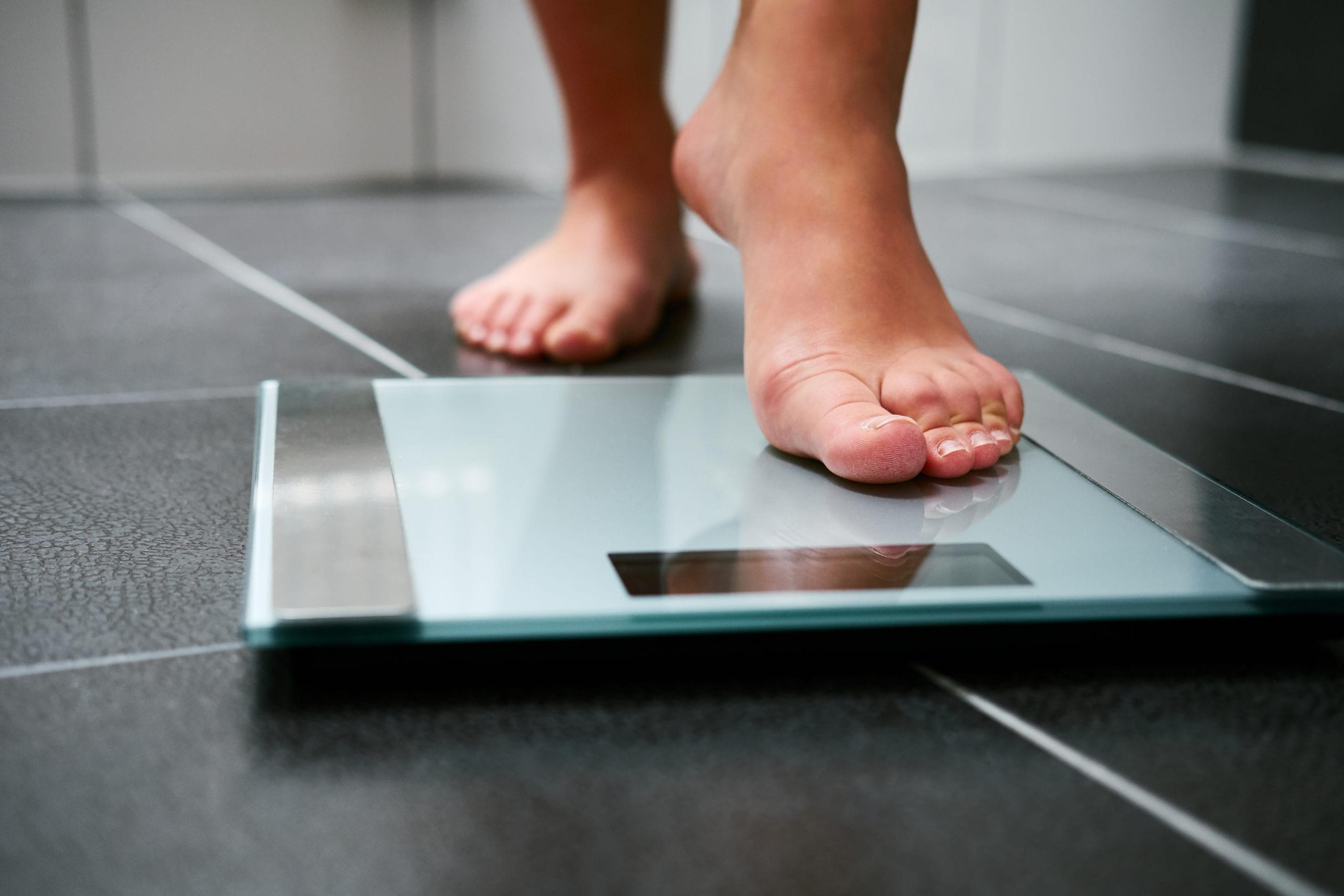
You’ve probably heard people refer to the excess fat on the side of the hips as “love handles.” This is one of two types of fat, and it’s known as subcutaneous fat. We may feel self-conscious about this type of fat, which can protrude from the hips, bellies, arms and legs. But it’s much less dangerous to your health than the other type of fat: visceral fat.
Think of visceral fat as the fat you can’t see. It accumulates around the organs and intestines. You can’t pinch it because it lives deep inside the body. Visceral fat is linked to a host of health problems, but certain lifestyle tweaks can lower your visceral body fat percentage and keep you happier and healthier overall.
How is visceral fat dangerous?
Visceral fat is associated with increased inflammatory molecules in your body. It expands the waistline and may contribute to diseases and conditions like:
- Type 2 diabetes
- Insulin resistance
- Certain cancers
- Heart disease and stroke
- Anxiety and depression

When your cells stop responding as well to insulin, it means your body has developed a resistance to it. This stops the body from utilizing carbohydrates and other food nutrients as efficiently as it once did, which can contribute to high blood sugar over time. As a response, the body produces more insulin to try to keep blood sugar levels at bay. Additionally, studies have linked insulin resistance to an increased risk of depression, so it can contributes to negative mental side effects as well.
Visceral fat produces proteins called cytokines, which trigger inflammation and elevate a person’s risk factor for heart disease and some of the other chronic conditions listed above.
What is the best exercise to lose visceral fat?
Diet and exercise are the keys to reversing a lot of health conditions, and visceral fat gain is one of them. It’s well-known that working out keeps body fat at bay, and a combination of weight training and aerobic exercise is the best way to do that.
Regular exercise provides both direct and indirect metabolic advantages. Studies show that weightlifting helps improve insulin sensitivity, and this sensitivity is enhanced further when weightlifting is combined with aerobic exercises. However, aerobic exercise may be the best overall way to target visceral fat. A 2013 systematic review and meta-analysis focusing on the effects of exercise on visceral adipose tissue in overweight adults found that aerobic training at moderate-to-high intensity level had the highest potential to reduce visceral adipose tissue in people who are overweight. Here are a few to try:
- Running/jogging
- Elliptical
- Rowing
- Burpees
- Jumping rope
- Swimming
What foods reduce visceral fat?
A diet that is generally low in carbs, complemented by healthy fats and moderate protein, are ideal for trimming visceral fat. Paleo and keto diets subscribe to this general formula, so adopting those can help. Some examples of low-carb, healthy-fat foods include:
- Avocados
- Cheese
- Fish, such as salmon, tuna and cod.
- Leafy green vegetables like kale, spinach, broccoli Rabe and Swiss Chard.
- Lean meats like chicken and turkey.
- Nuts, such as cashews, peanuts, almonds and walnuts.
- Olive coconut, flaxseed, and avocado oils.
- Sunflower, chia and flaxseeds.
- White mushrooms
While certain eating patterns may help reduce visceral fat, there’re foods that may exacerbate it. It’s best to limit foods high in fined sugar, sodium, trans fats, alcohol such as:
- Ultra-processed foods
- Baked goods
- Ice cream
- Sugary beverages
Additionally, some studies point to intermittent fasting as a successful dieting method to combat visceral fat. Intermittent fasting is when you go without food for a long stretch of time. It can aid in weight loss by making the metabolism more flexible, allowing the body to burn more fat. Intermittent fasting causes the body to get used to burning fat for energy instead of glucose, or sugar.
A 2016 study stated that “four weeks of fasting has shown to reduce total weight, body mass index, and waist circumference. A reduced waist circumference usually correlates with improved insulin sensitivity.”
If you do go the intermittent fasting route, be sure to talk to your primary care provider first, to find out if it’s safe for you. There are risks associated with this approach to eating, particularly those with gut issues, food sensitivities, sleep problems, and anxiety or chronic stress should exercise caution. Read more about the risks here.
Photo credit: Getty Images
Keep reading:





